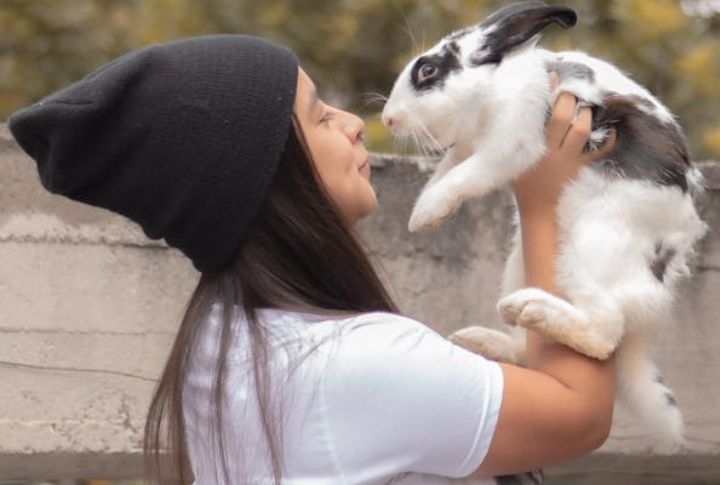
Bringing home a bunny might seem simple at first—those twitchy noses and soft ears have a way of winning hearts fast. But life with a rabbit comes with its own set of rules. Behind the fluff is an animal that needs attention, planning, and daily care. So, before you commit, here’s what you should know about sharing your space with a rabbit.
Rabbits Can’t Live On Carrots Alone

Before bringing a bunny home, know this: hay is their daily bread, taking up 80–90% of their diet. Healthy greens like romaine and dandelion add vital nutrients. Carrots? Cute but sugary. And too many pellets or snacks can lead to an overweight or sick rabbit.
They’re Not Starter Pets

Rabbits may seem simple to care for, but their needs are anything but basic. Grooming, vet checkups, and daily interaction are essential. Too many end up in shelters because owners weren’t prepared. Remember that these animals can live for over 10 years, and that’s a long-term responsibility.
Most Rabbits Hate Being Picked Up
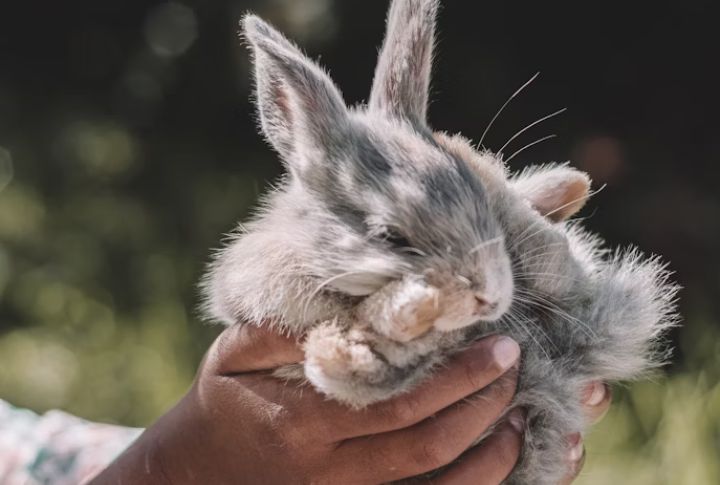
Unlike cats or dogs, rabbits don’t like being picked up as it scares them and risks injury. Their delicate spines can’t handle sudden jerks or flailing. Ground-level interaction is your best bet. If you push cuddles, expect resistance or, worse, a bunny that avoids you altogether.
One Bunny Isn’t Always Enough
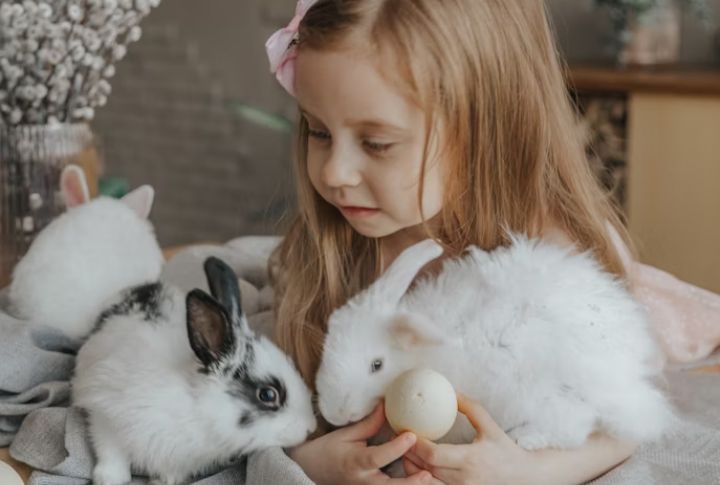
Rabbits are social animals, and long-term isolation can take a toll on their well-being. Without a companion, they may show signs of stress or eat less. Although bonding takes patience, it builds trust and stability, leading to happier, more affectionate behavior over time.
Free-Roaming Rabbits Are Happier
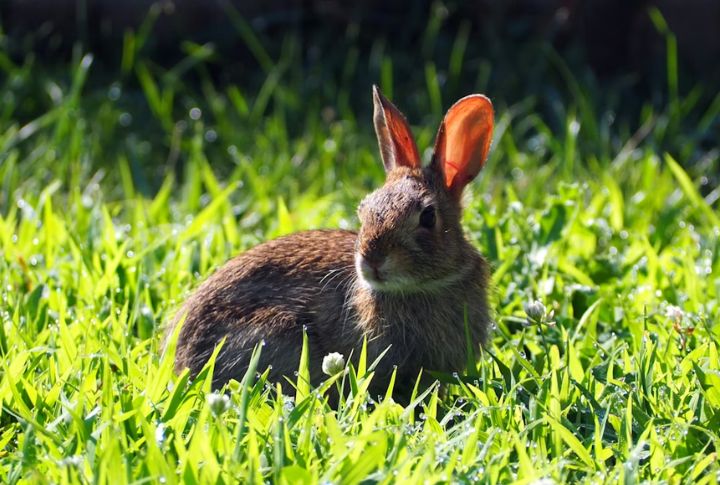
Keeping a rabbit caged full-time will lead to frustration and stress behaviors like bar chewing. They need free-roam setups that allow for natural movement like stretching, digging, and exploring. Most owners report a happier, more expressive bunny once free-roaming begins.
They’ll Chew Anything In Reach
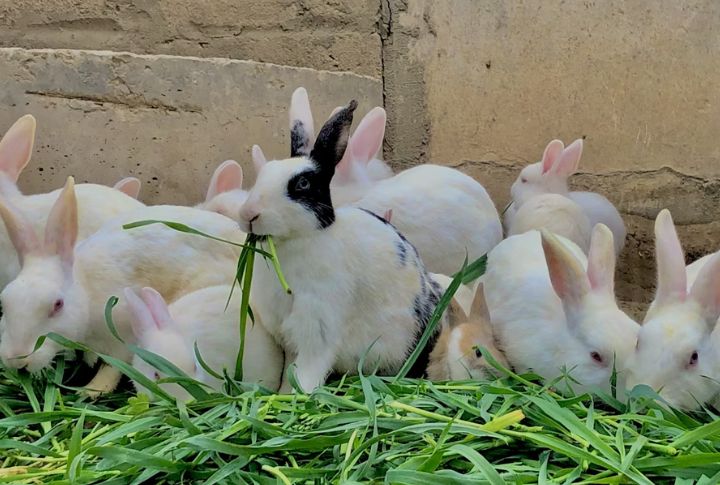
Chewing isn’t just a pastime for rabbits; it’s how they keep their teeth healthy. Their ever-growing teeth push them to gnaw, and without proper items, they’ll go after cords or carpets. Ingesting the wrong thing can be deadly. That’s why chew-safe setups are essential for the hoppers.
Rabbits Need Daily Exercise

Lack of exercise can lead to serious rabbit health problems. These animals need at least 3–4 hours of active time each day. Whether it’s hopping, tunnels, or climbing boxes, they do well on movement. When given space, their playful side really comes alive.
Spaying And Neutering Is Critical

Spaying or neutering is essential for a rabbit’s health and behavior. It curbs aggression, spraying, and restlessness. For females, it prevents the high risk of uterine cancer. Altered rabbits adjust better and become great indoor companions, minus the risk of surprise litters.
Scent Matters More Than You Think

Rabbits rely heavily on scent to navigate the world and form connections. They mark territory by rubbing their chin, which releases a harmless scent only other rabbits detect. Sudden changes in smells—from cleaning products or perfumes—can stress them out or make them wary of familiar people.
Litter Training Is Totally Possible
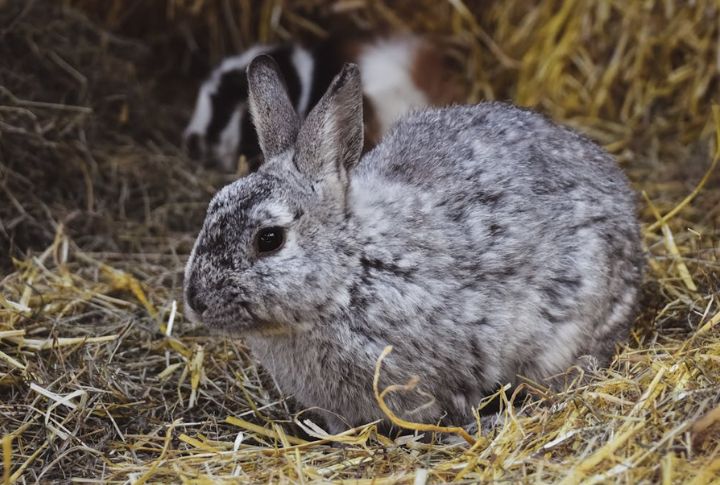
Instinctively, most rabbits choose a corner to use as a toilet. That habit makes litter training much easier, especially after spaying or neutering. A hay-filled box encourages good habits. If a previously trained rabbit starts going elsewhere, it could signal stress or illness.
They’re Super Quiet But Very Expressive

They may be quiet, but rabbits speak volumes with their bodies. A quick leap and twist—called a binky—means they’re happy. A loud thump warns of fear or frustration. When truly content, they softly grind their teeth. Understanding these signals helps you connect on their terms.
Vet Care Can Be Expensive And Hard To Find
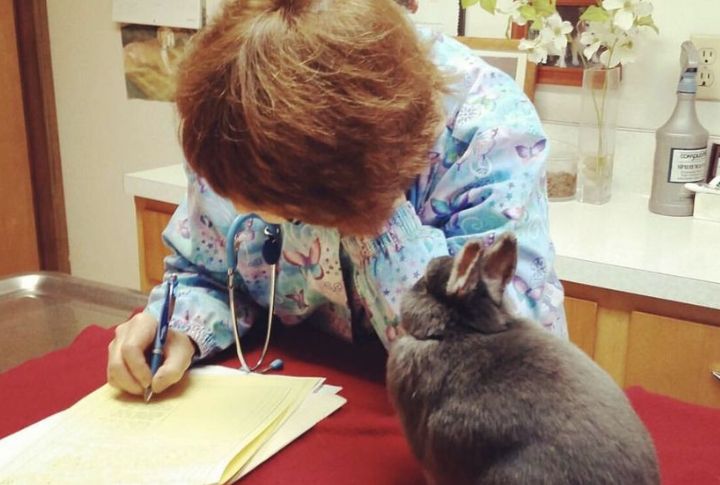
Caring for a rabbit means finding the right vet—and that’s not always easy. Rabbits need exotic animal specialists, not just any clinic. Issues like GI stasis or dental trouble can escalate fast, so early care matters. Regular checkups help catch problems early and avoid costly emergencies later.
They’re Crepuscular, Not Nocturnal
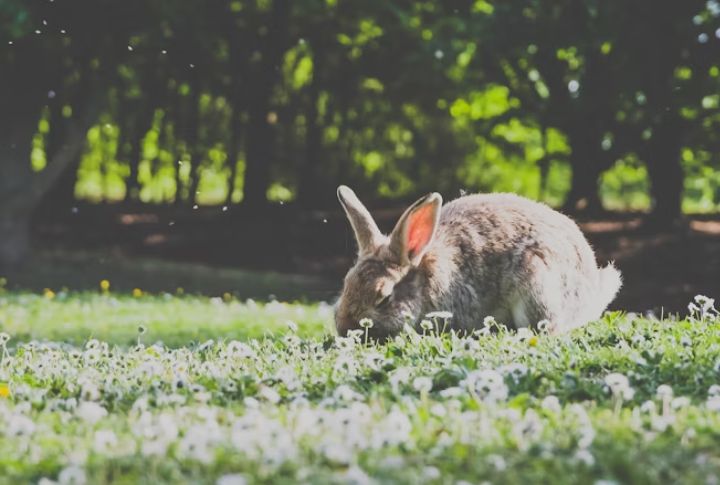
Rabbits follow a crepuscular rhythm, staying most active around sunrise and sunset. During the day, they often rest, only to perk up with energy in the early morning and evening. Thumping at night isn’t random—it’s their way of reacting to changes or showing disapproval when something feels off.
Grooming Is A Must
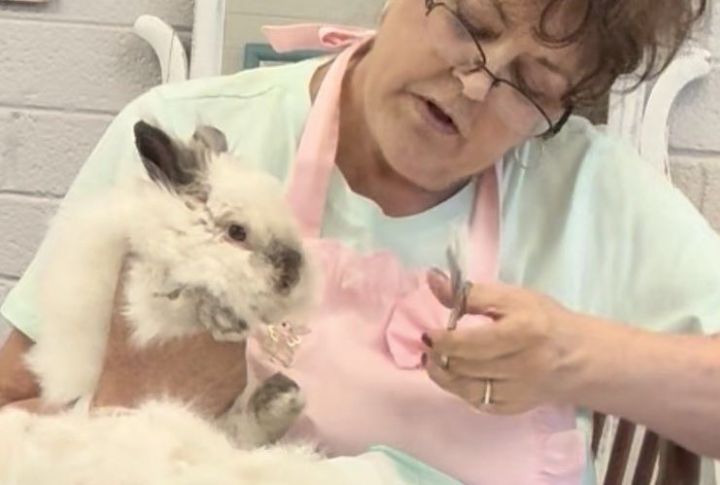
For rabbits, grooming is about survival, not style. They shed a lot, and because they can’t vomit, swallowed hair can lead to deadly blockages. Long-haired breeds need brushing every day, and routine nail trims and fur checks help prevent serious conditions like flystrike and tangled mats.
Kids And Bunnies Aren’t Always A Match
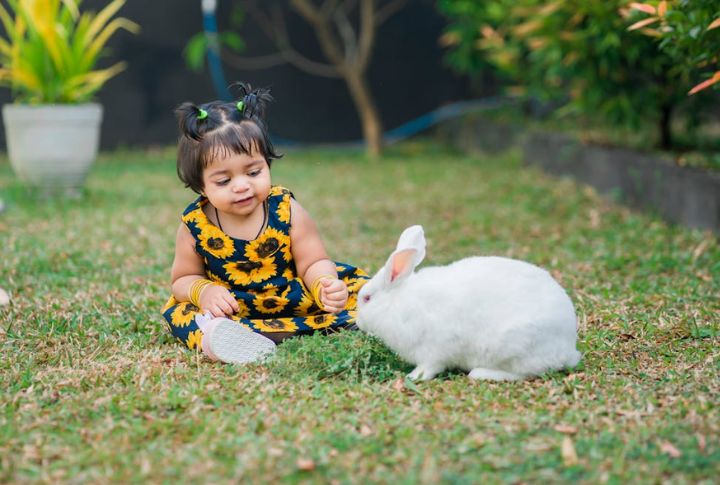
Their gentle look hides how sensitive rabbits really are. Loud noises or quick moves can frighten them into lashing out. On the other side, kids might hug too tightly or drop them. A safe connection depends on quiet handling, soft hands, and constant adult supervision.
They Need Temperature Stability

Rabbits don’t handle extreme heat or cold well. Hot weather can lead to heatstroke while freezing temperatures can put their health at risk. They thrive in environments between 15–21°C. So, avoid placing their setup near vents, windows, or radiators to keep their body temperature safely regulated year-round.
Rabbits Are Very Clean Animals

Clean by nature, rabbits spend a lot of time grooming. They’ll stay fresh if their litter area is kept tidy. Unlike dogs, they shouldn’t be bathed—water can stress them out. So, when they get messy, a soft wipe with a damp cloth is all it takes to keep them clean.
Traveling With A Rabbit Isn’t Easy
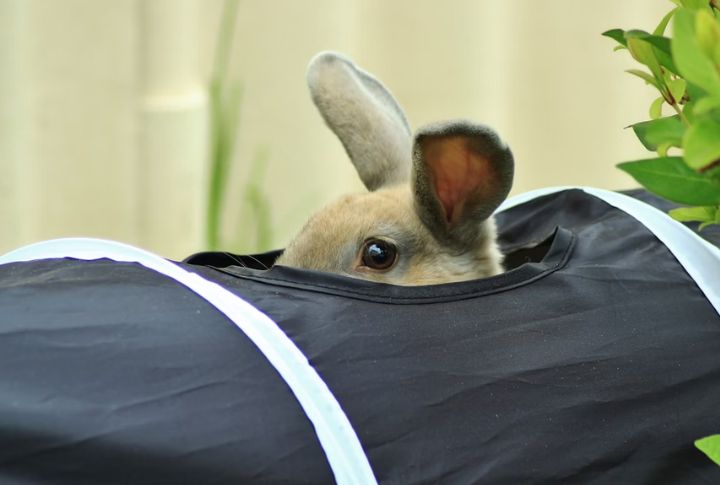
Relocation brings challenges for rabbit owners. They dislike motion and unfamiliar spaces, and most airlines don’t accommodate them in-cabin. Safe travel means using a ventilated, chew-proof carrier with soft bedding. Since boarding is expensive and rare, travel plans should include extra steps for rabbit care.
Housing Needs Are Bigger Than You Think
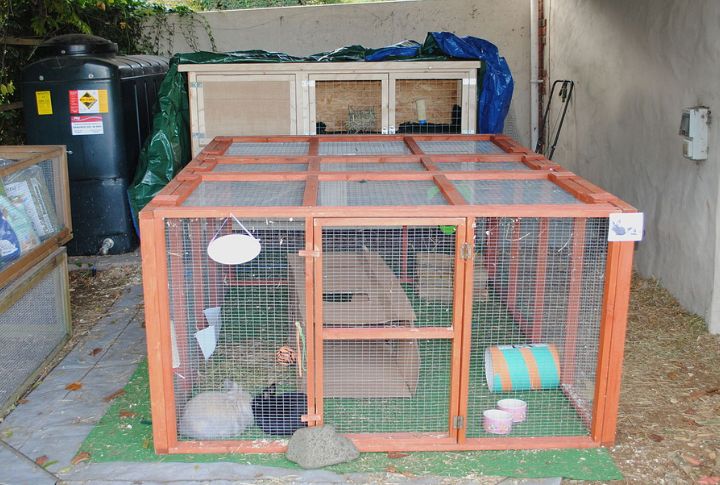
Many rabbit enclosures fall short of their real needs. They require ample space to avoid boredom and muscle stiffness. Pens that extend several times their body length give room to move naturally. Besides that, replace harsh wire floors with cushioned surfaces that prevent injury and support daily comfort.
Rabbits Recognize People And Build Bonds
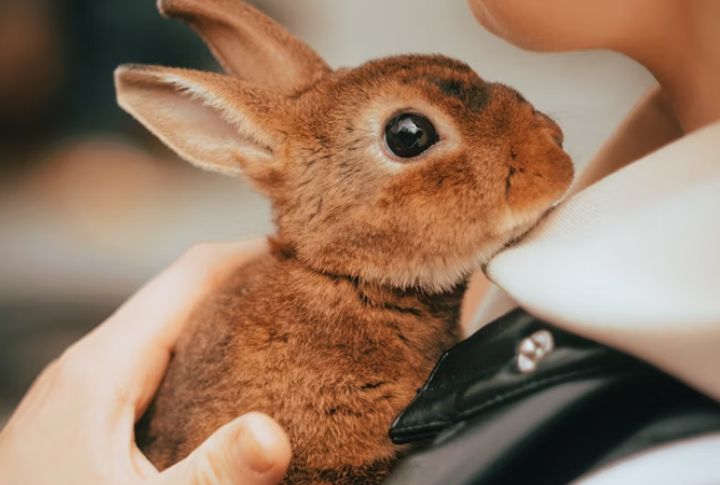
Over time, rabbits grow familiar with people they trust. They’ll come when called, respond to routines, and seek gentle attention. A nudge or a relaxed sprawl is their way of showing affection. These moments reveal just how emotionally aware and connected rabbits can be.

